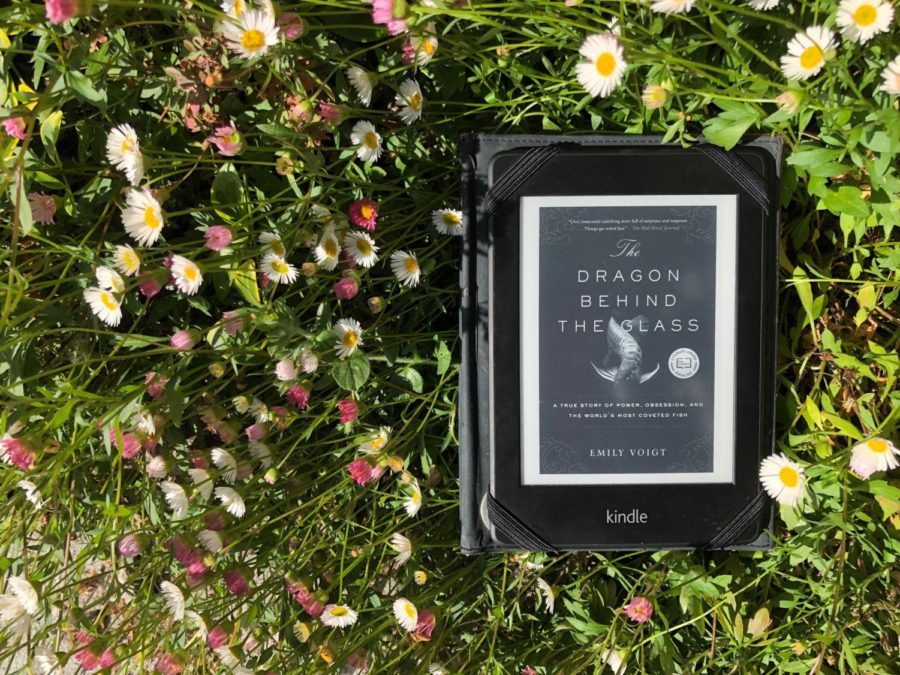This animal is illegal in the U.S., sells for up to 300 thousand each, and could be the cause of multiple murders each year.
And it’s a fish! More precisely, the Asian Arowana, prized for its color and appearance similar to a Chinese dragon.
Emily Voigt dives deep into the enigma of the Asian Arowana in her book “The Dragon Behind the Glass.”
Her book starts with the murder of a fish seller on Malaysia who was killed for 20 of his super red arowanas. Being an investigative journalist, Voigt was writing about tagging along with a when she came across the Asian Arowana. To find out more, she travels to Singapore to discover just what makes the arowana, specifically the super red, such a commodity. While nearly extinct in the wild, it’s mass produced to appease all that want to own one.
While on her journey to uncover the underworld of the arowana, Voigt ties present day to history when new species were just being discovered, using her journey as a template for the information she discovers. As she finds out more and more, she calls into question why this fish rose to fame, and how we protect this rare species from extinction.
From the start, I was more interested in the book than I thought I would be. I wasn’t the most excited about reading a book about a fish, but as I was reading, I realized how invested I had become in learning about these fish.
The beginning of the book contributed to that in a big way. Starting the book was the hardest part for me, and when I read the first chapter, I was immediately drawn in. I wanted to find out just why this shop owner had been killed for his fish.
Voigt also does a great job of simplifying the things she found out into a readable fashion. There’s a flow to the story and the information, so the reader can build after each chapter instead of attempting to reorganize thoughts each time a wrench is thrown in the story.
That being said, the book does consist of a lot of content heavy paragraphs that throw a lot of information at your face. It’s not a book to read when you’re dead tired because it takes some amount of brain power to process the story and keep things straight as you go along.
Another aspect I greatly enjoyed was the character descriptions of all the quirky people Voigt met on her journey. I felt like I had experienced them in person after she described them, that they were real people more than just characters described in a book, as many books fail to do.
It’s hard to understand why a fish would be so important to so many people, so the way the appeal is described really help in understanding why a fish can be worth so much.
If you’re a fan of fish, or even just remotely interested in fish, I recommend this book, especially if you want to impress your friends with random fish facts that you learn while reading.


